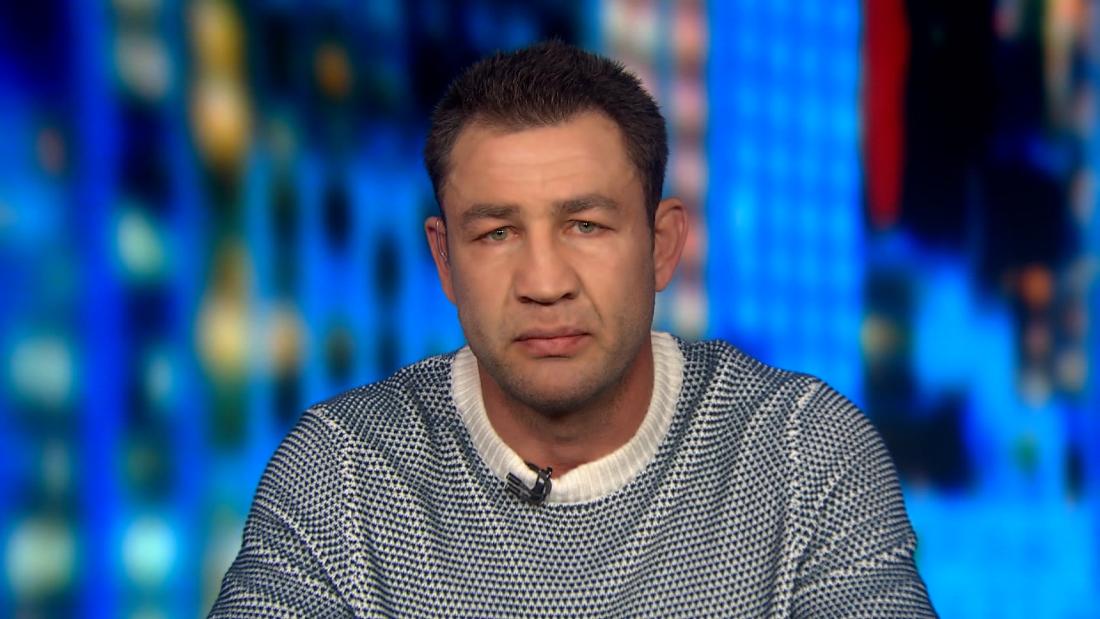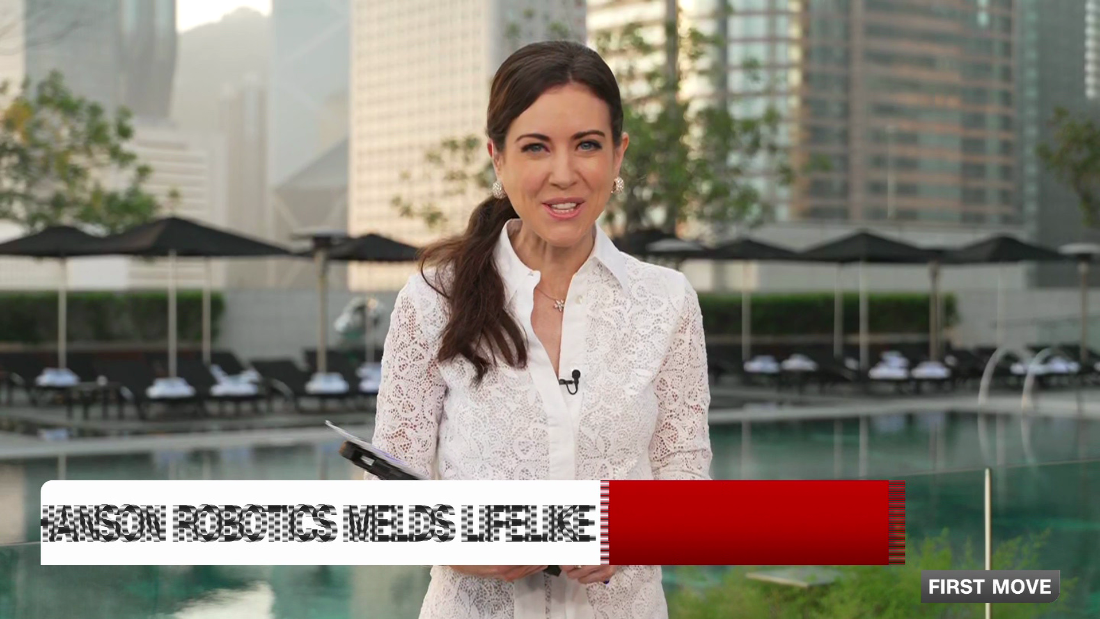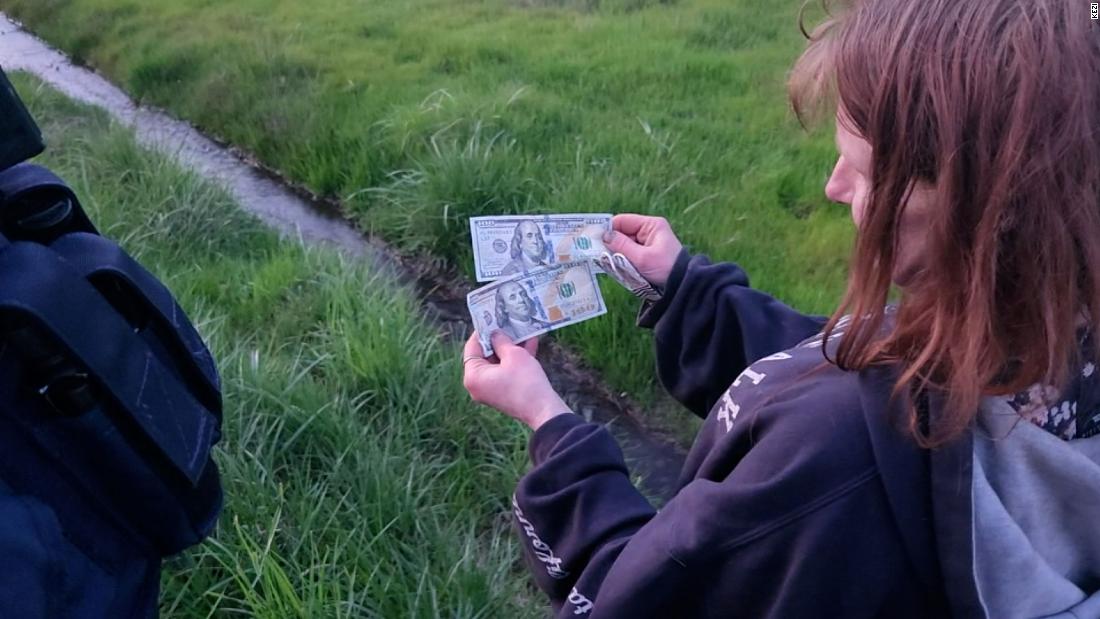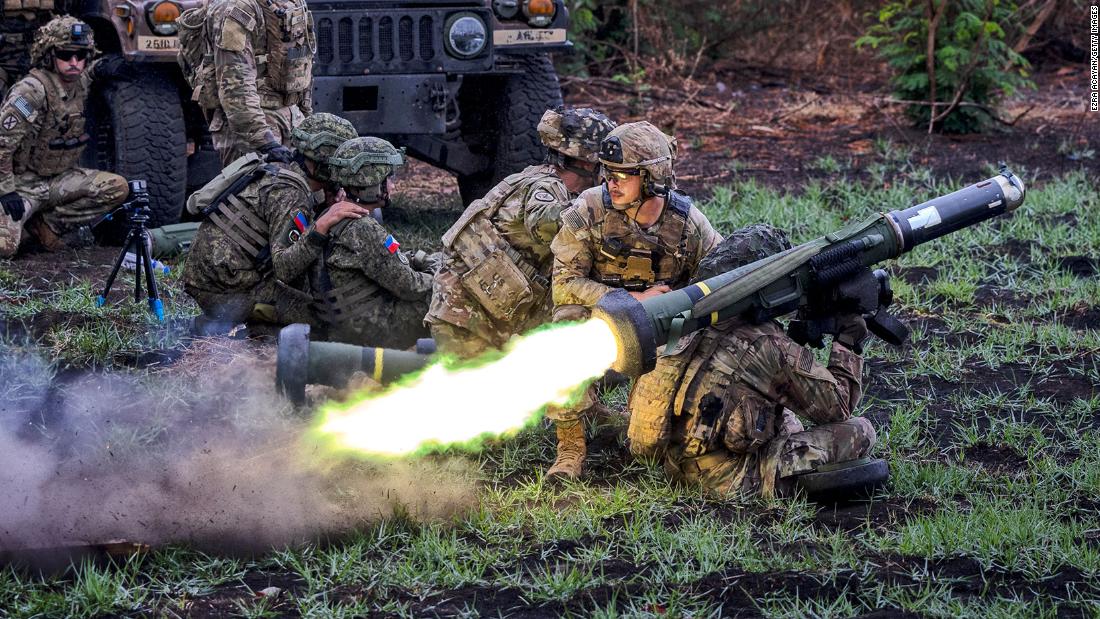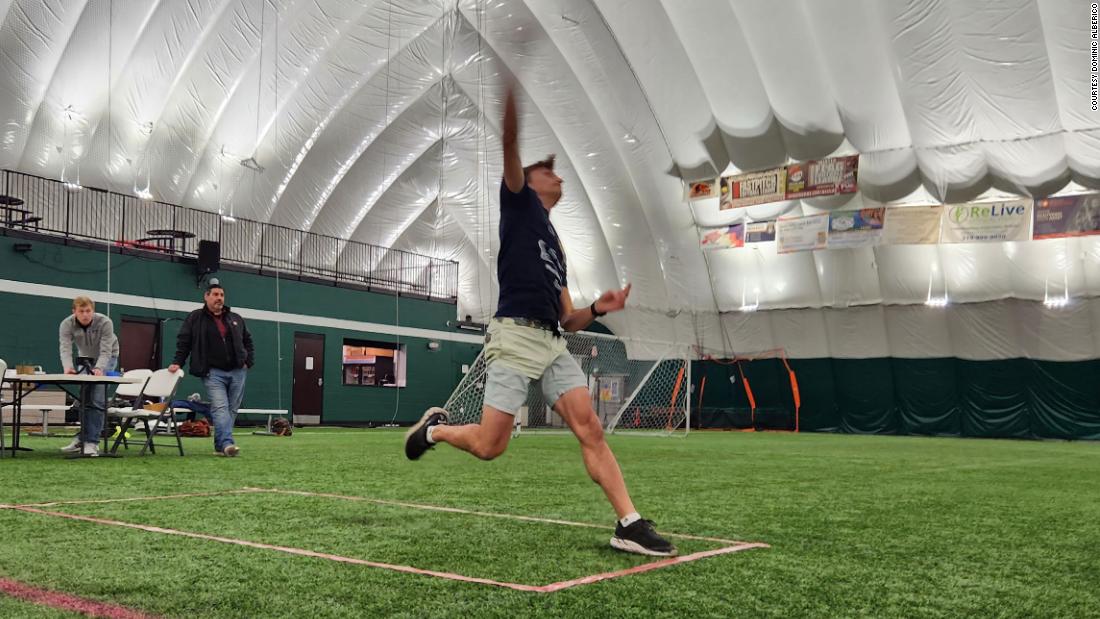THIS ingenious device has been revolutionising the way guide dogs are being trained.
Life-like toy squirrels attached to remote control cars are being used by trainers to help guide dogs become resistant to fluffy distractions.
Alex Morton/PinPepThe ingenious new toys are being rolled out to help train working dogs[/caption]
Alex Morton/PinPepThe tiny squirrels strapped to remote control cars are designed to test the focus of training pups[/caption]
It’s an issue a lot of dog owners can relate to – as soon as you hit the park, your dog will dart off after the squirrel.
But by mimicking an everyday situation in a controlled environment, the urge to chase can be eliminated – meaning they’re able to focus on their job and qualify as effective guide dogs.
It comes as research of 1,000 dog owners found 61 per cent say their pet is “easily distracted.”
Karen Brady, a training and behaviour business partner at Guide Dogs, which commissioned the research, said: “There is a lot of work that goes into training these dogs.
“There are many distractions a guide dog can face carrying out their duties for their owners. One moment of lost focus could endanger both parties, or those around them.
“That’s why we’ve had to think creatively when designing training techniques that closely mirror real life situations.
“Dogs are intelligent beings. By positively reinforcing specific actions, we can train our dogs to resist the temptation to chase a squirrel up a tree, or other forms of wildlife they might come across whilst out and about.
“There is a strong focus on innovation at Guide Dogs and we are always looking at new ways to help enrich the learning experience of our dogs.
“It is not really common knowledge that we employ such techniques, so putting a spotlight on our squirrel car helps to broaden the awareness of how we train our dogs and get them ready to perform vital duties as Assistance Dogs.”
Seeing other dogs on walks (51 per cent) and someone ringing the doorbell (47 per cent) were the main ways dogs lose their focus.
The study went on to find 42 per cent of dog owners will see theirs get distracted when the post-person arrives at the door.
While 40 per cent won’t be able to focus if a cat strolls past, and 35 per cent will dart for a squirrel climbing a tree.
And only nine per cent of respondents said their pooch had never ignored a command because their attention was elsewhere.
As 60 per cent sadly agreed on there being no serious chance of their pet ever having the focus needed to become a guide dog.
Alex Morton/PinPepDogs learn how to ignore the tantalising toys[/caption]
Alex Morton/PinPepMore than half of all dog owners say their pup is easily distracted[/caption]
While 89 per cent admired how much dedication these life-changing animals can have, according to the OnePoll.com figures.
Karen Brady, of Guide Dogs, added: “Taking your dog on a walk is great for both the dog and the owner. So, whilst you cannot eradicate all distractions and make your dog resistant to them all, it is important to know how to regain control and calm your dog down.
“Afterall, your dog is just excited by whatever has triggered its senses and now it wants to investigate.
“By keeping a cool head, the owner can avoid exacerbating the situation and calm the dog down quickly so that you can get back to enjoying your walks together.”
DOG TRAINER KAREN BRADY’S TOP TIPS:
1. Focus on what you do want. Rather than thinking, ‘I want my dog to stop chasing something’, instead, think, ‘I want my dog to act with this specific behaviour’ as the goal. This gives you and your dog something to focus on teaching, like a really good sit action.
2. Patience makes perfect. Practice does too, but start with small expectations. A dog that has spent a year chasing squirrels isn’t suddenly going to listen to you because you’ve decided to train them. Teach your dog to do the behaviour you want them to do away from all the distractions to begin with.
3. Train with something your dog really likes. You’re competing with squirrels or cats, so you need something your dog values. That could be some roast chicken, their favourite treats, or a beloved toy. When they get it right, they get their prize.
4. Break it down. We never start training in the park full of squirrels and we certainly don’t try to teach everything at once. We teach a specific behaviour through reinforcement training, then gradually bring in the distraction. As training progresses, we’ll combine behaviour and the distraction. Gradually your training drills will go so well that your dog will automatically check in with you, ignore the distraction, sit, or continue guiding to their next kerb or walking politely on lead beside you.
5. Be kind to yourself. When it goes wrong, take a deep breath and plan for next time. Even the professionals make mistakes, we simply make it easier for the dog next time, and build up to the distraction at a slower rate. Slow and steady builds longer lasting results and resilience than rushing through the process.
Published: [#item_custom_pubDate]


















